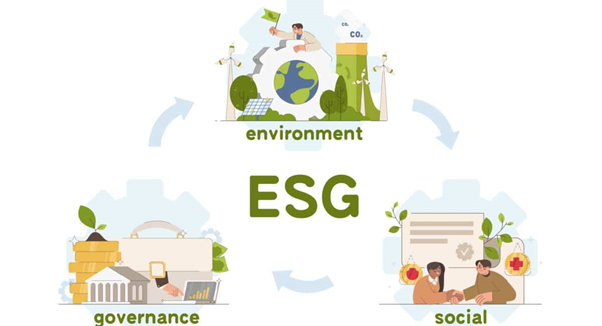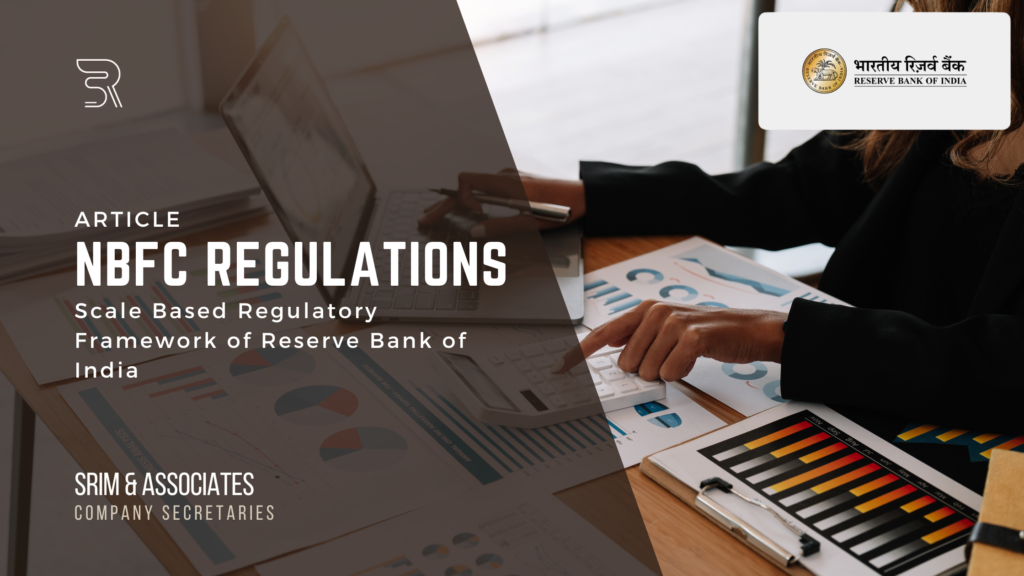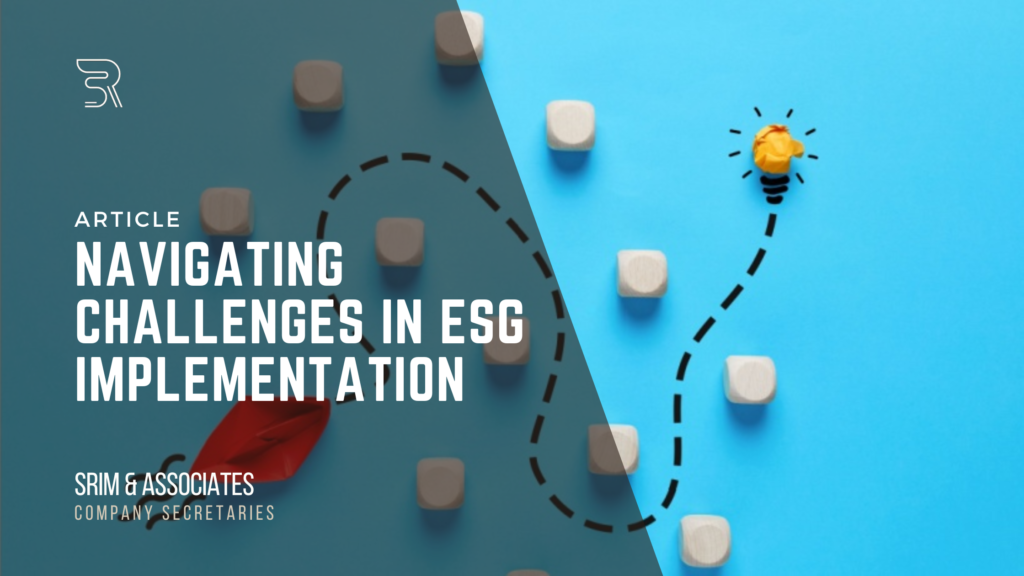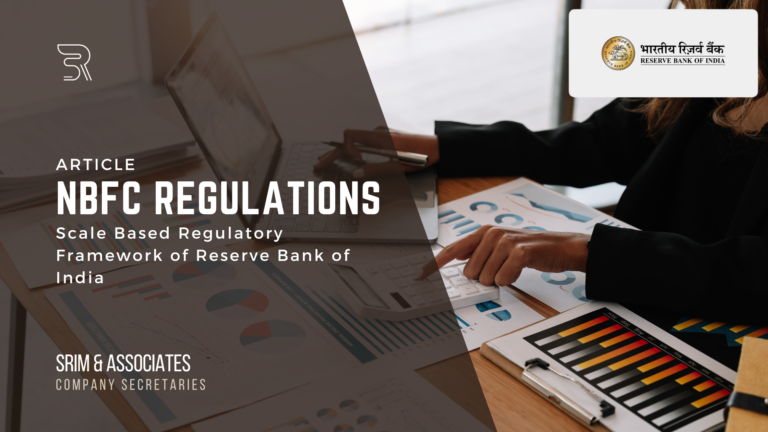
Environmental, Social, and Governance (ESG) principles are at the forefront of global business strategies, emphasizing sustainability, ethical practices, and social responsibility. As businesses face increasing pressure from stakeholders, building a clear ESG roadmap is essential to aligning operations with sustainability goals and ensuring long-term value creation.

Understanding the ESG Roadmap
An ESG roadmap provides a structured approach to integrating ESG principles into business strategy. It serves as a guide to:
- Identify and Mitigate Risks: Address challenges related to climate change, regulatory shifts, and societal expectations.
- Capture Opportunities: Leverage green innovation, sustainable finance, and enhanced stakeholder trust.
- Enhance Accountability: Build transparency and trust through standardized ESG reporting frameworks.
“Building an ESG roadmap today is not just about compliance but about positioning your business as a leader in the journey toward sustainable success”
Key Steps in Building an ESG Roadmap
- Assessment and Baseline Setting
The first step in developing an ESG roadmap is to understand the organization’s current ESG position:
- Conduct materiality assessments to identify ESG factors most relevant to stakeholders.
- Analyze internal processes and performance data to establish a baseline.
- Benchmark against industry standards and competitors to identify gaps and opportunities.
- Strategy Development
Developing an ESG strategy tailored to the company’s vision involves:
- Defining long-term ESG goals and key performance indicators (KPIs).
- Aligning priorities with frameworks like the United Nations Sustainable Development Goals (SDGs).
- Integrating ESG into governance structures for leadership accountability.
- Implementation and Monitoring
Translate strategy into actionable initiatives:
- Develop clear timelines and allocate resources for ESG goals.
- Leverage technology for data collection, monitoring, and reporting.
- Engage stakeholders to foster collaboration and shared ownership of ESG objectives.
Milestones on the ESG Journey
Achieving ESG excellence requires setting milestones:
- Short-Term Goals: Establish ESG governance structures and launch pilot initiatives in renewable energy or diversity programs.
- Medium-Term Goals: Enhance data systems for compliance and expand community engagement efforts.
- Long-Term Goals: Achieve ambitious targets like net-zero emissions, sustainable supply chains, and transformative social impact.
Case Study: Tata Steel's ESG Transformation
Tata Steel, a leading Indian steel manufacturer, illustrates the power of an effective ESG roadmap. By setting science-based climate targets, adopting renewable energy solutions, and implementing sustainable mining practices, the company achieved:
- A significant reduction in carbon emissions by 20% over five years, achieved through the adoption of energy-efficient technologies and the transition to renewable energy sources.
- Significant amounts raised in sustainable financing.
- Industry recognition for ESG leadership.
Overcoming Challenges
While the benefits of an ESG roadmap are clear, businesses often face challenges such as:
- Navigating fragmented ESG standards and regulations.
- Balancing short-term financial pressures with long-term investments.
- Managing complex data across global operations.
Strategic Solutions
- Partner with ESG consultants to streamline compliance.
- Utilize advanced technologies for data integration.
- Foster a culture of sustainability through leadership commitment and employee engagement.
Conclusion
The ESG roadmap is a strategic imperative for businesses aiming to thrive in a sustainability-conscious world. By adopting a structured and proactive approach, organizations can turn ESG challenges into opportunities for innovation, growth, and societal impact. Building an ESG roadmap today is not just about compliance but about positioning your business as a leader in the journey toward sustainable success.
"ESG principles emphasize long-term value creation through sustainability, ethical practices, and social responsibility"
Disclaimer:
The content of this article is intended for informational purposes only and should not be construed as professional advice. While we strive to ensure the accuracy and reliability of the information provided, we make no warranties or representations regarding its completeness or applicability. Readers are encouraged to seek professional guidance tailored to their specific circumstances. The views and opinions expressed in the article are those of the author and do not necessarily reflect the official policy or position of our organization.




